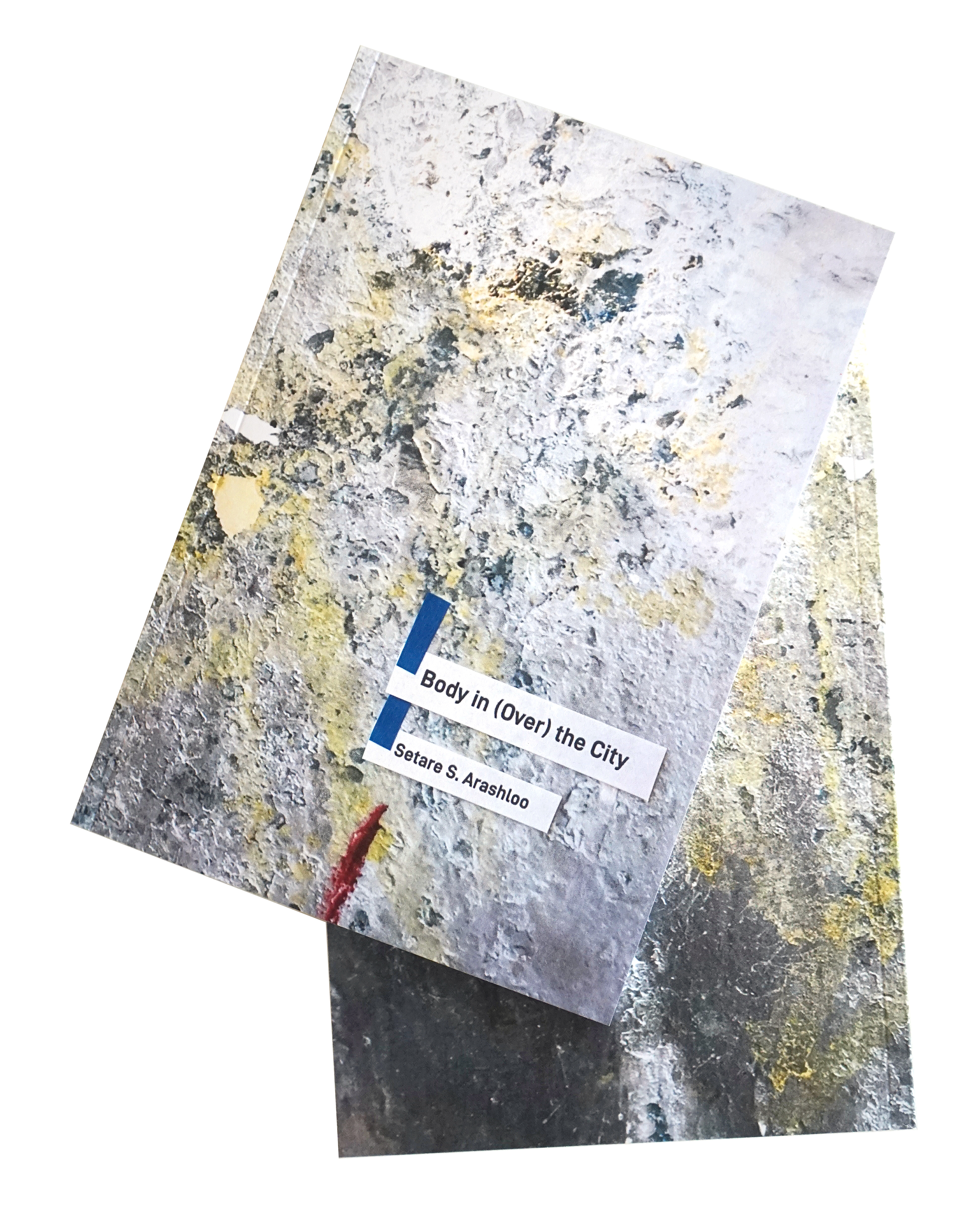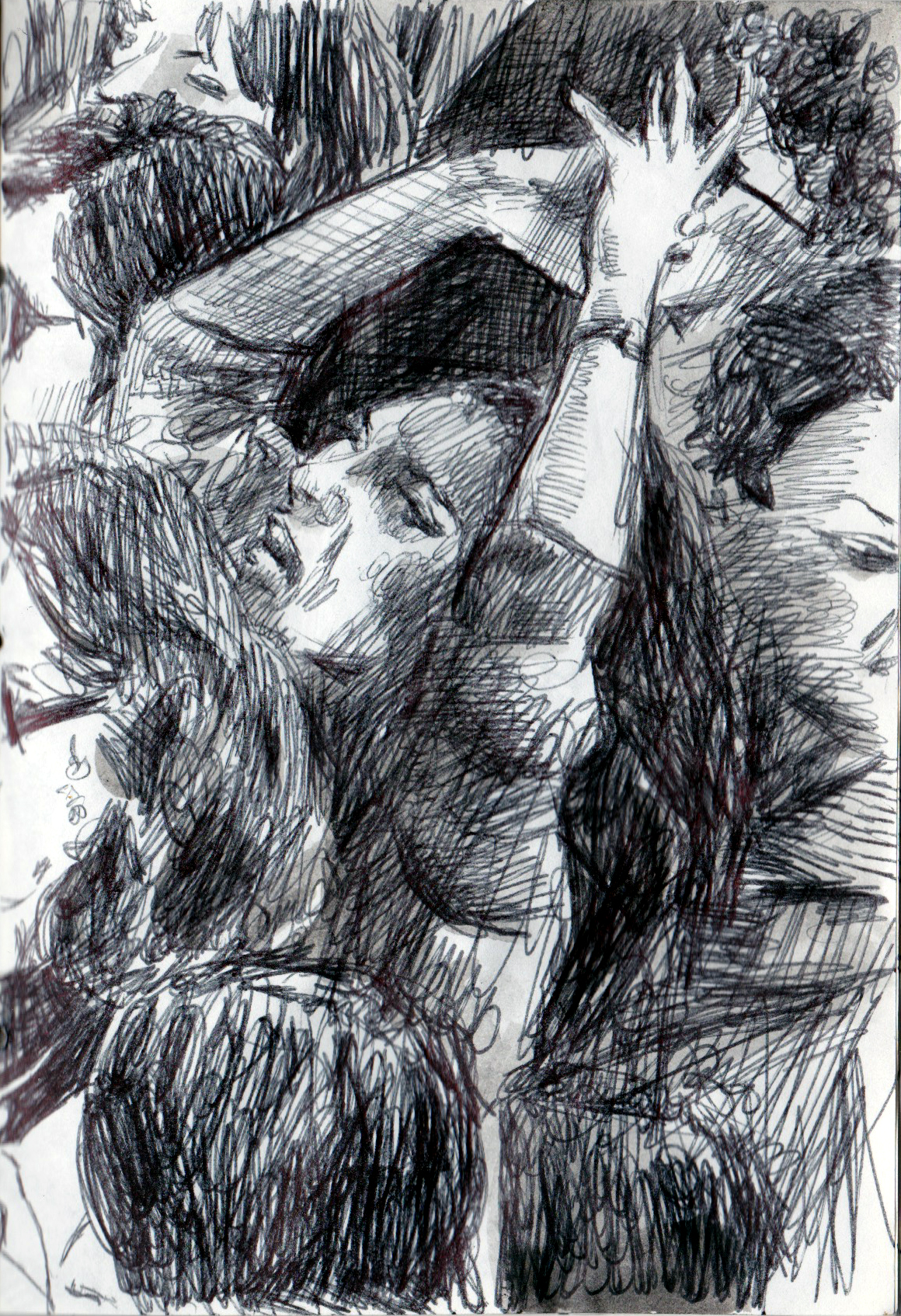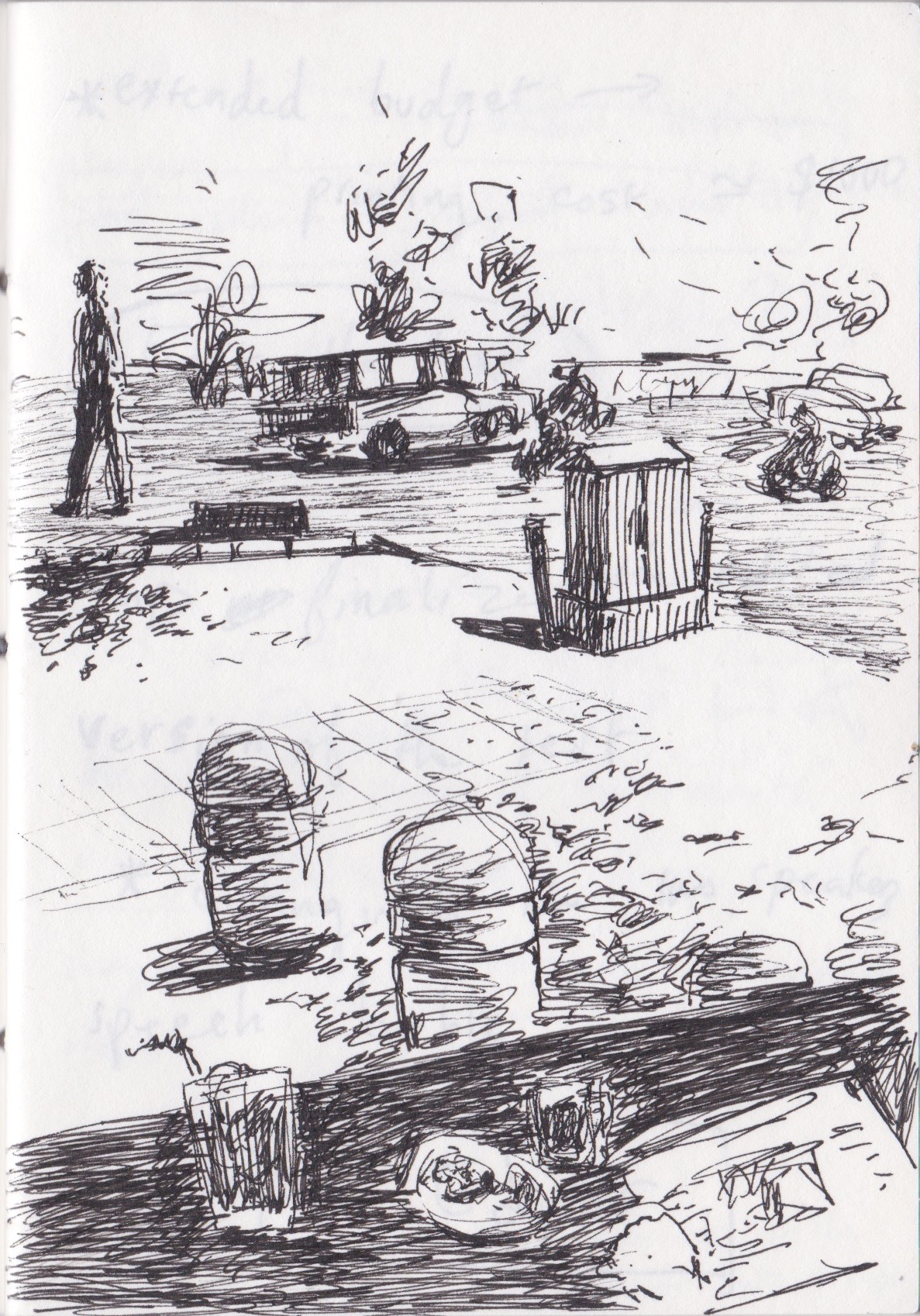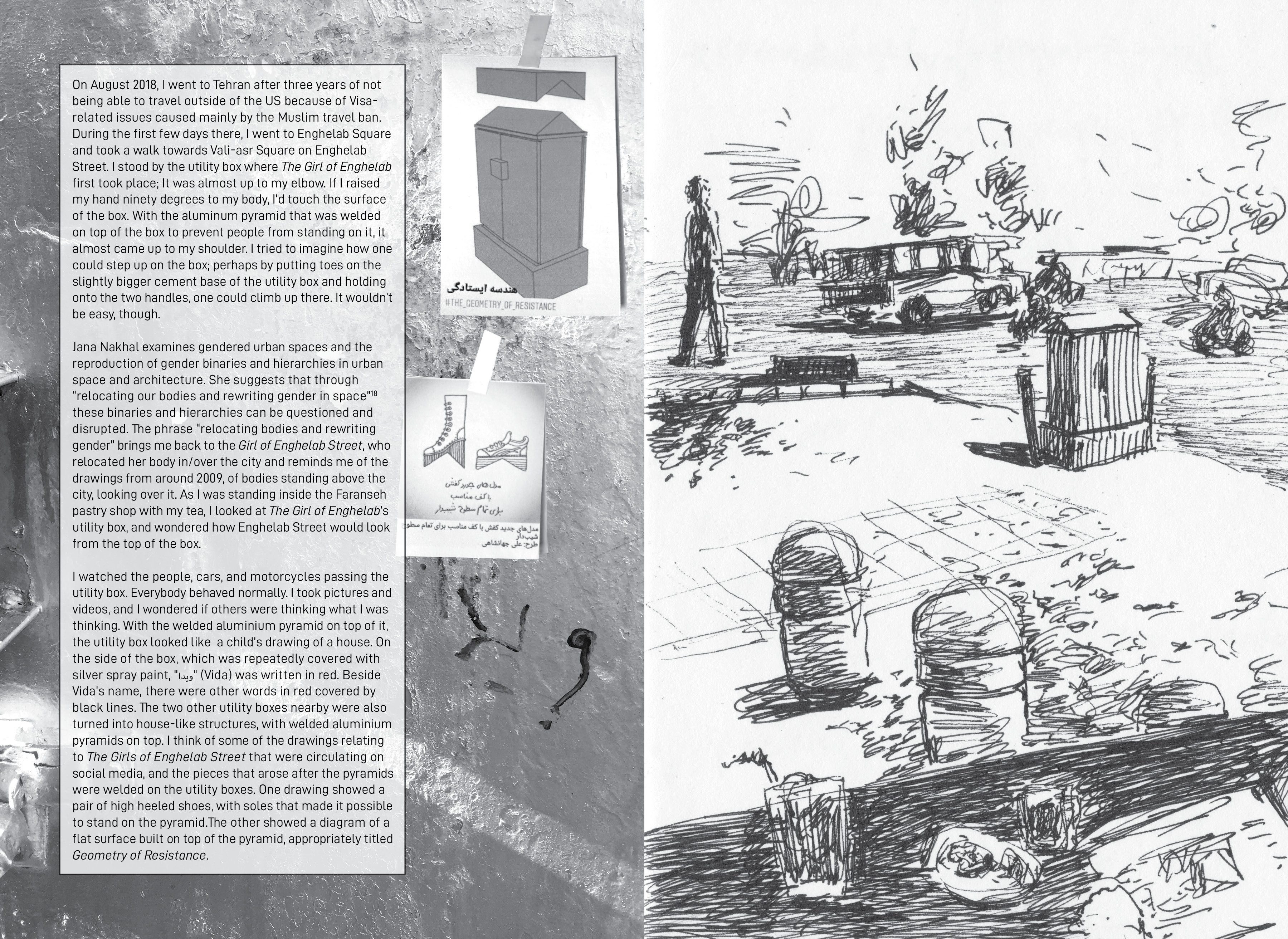![]()
Body In (over) the City
Body In(Over) the City is a picture essay that brings together conversations, thoughts, images, and drawings to explore a series of individual protests in Iran known as Girls of Enghelab (Revolution) Street. The book aims to expand the dialogue that The Girls of Enghelab has created about mandatory hijab, and more broadly about body/gender’s relation to urban space. Through conversation with Golrokh Nafisi, Iranian artist, as well as by bringing in notes from different resources which discuss art as a form of social participation, and the daily political life of cities the book explores the Girls of Enghelab’s action as a form of peaceful resistance to power by citizens in public space.
The intersection of politics, feminism, and individuality under authoritarian rule makes the struggles of Iranian women manifold, layered, complex and almost impossible to represent. Therefore this book investigates the dynamics of representation and femininity in contemporary Iran. By this picture essay, I hope to offer a broader perspective on hijab, and compulsory hijab and the protests against it, contrasting the commonplace dichotomy of emancipated women vs. Muslim women with a veil, that pervades western media.
AT the end of the book I present drawings from my own archive as well as works by other Iranian artists circa 2009, with the common theme of the body hovering/flying over the city. When I first saw images of The Girls of Enghelab, which also often depicted the women above the city in this way, I immediately recalled these past works. I will investigate why this memory is significant in this picture essay, by exploring the way in which both the images from around 2009 and 2018 imagine and represent realities and resist the status quo. By comparing images of The Girls of Enghelab with artworks that predate the event, I aim to establish an artistic legacy of relocating, reimagining and rewriting the body in the city.
Cargo Collective 2017 — Frogtown, Los Angeles







